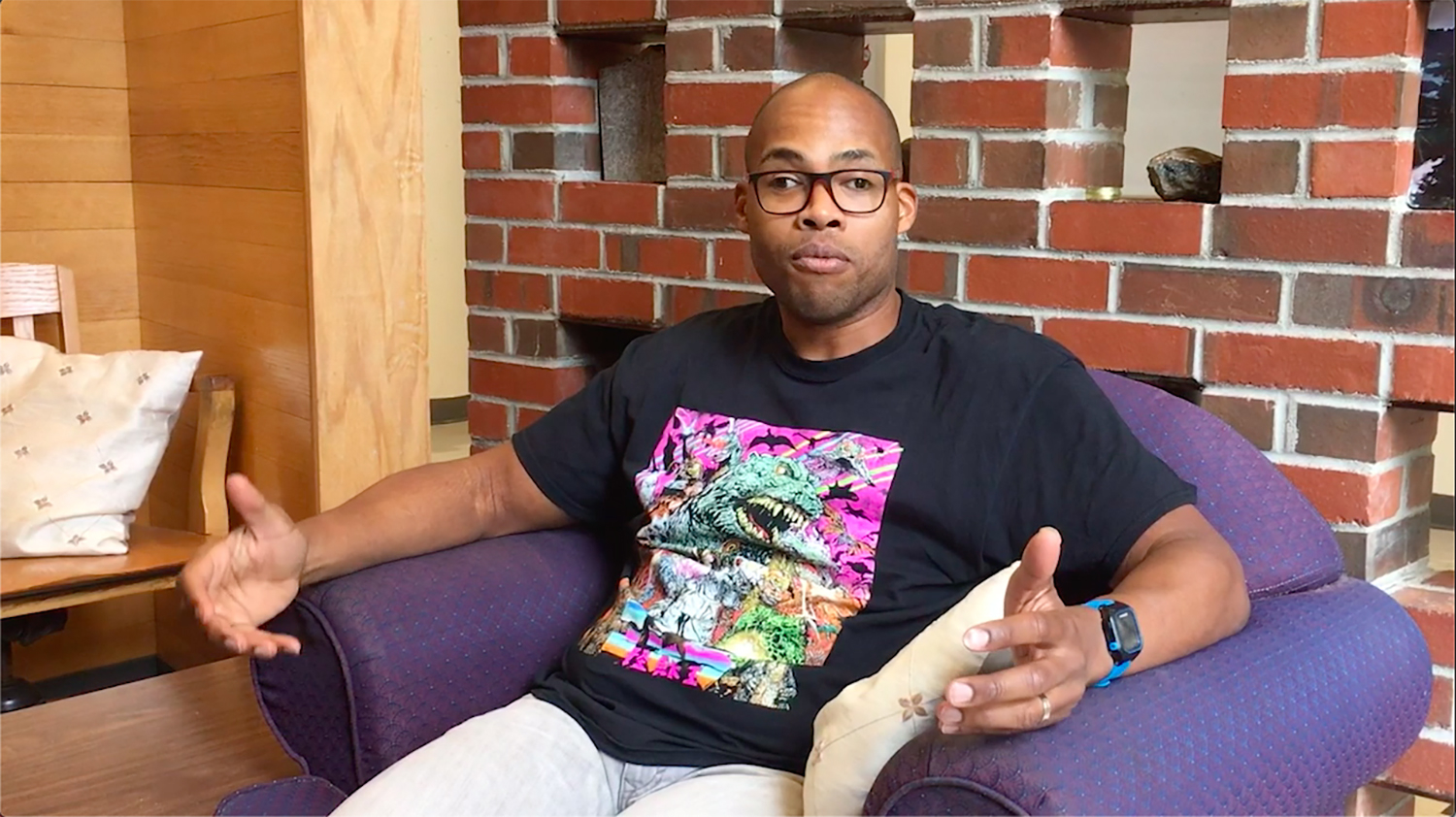A recent NPR report revealed that the hottest areas in dozens of major cities across the United States are more likely to be in low-income neighborhoods, disproportionately affecting people of color and the cities’ most vulnerable populations.
Cities in general, and low-income areas in particular, tend to have less vegetation, fewer trees, and more pavement. Vegetation and trees not only provide shade but they also create a cooling effect by evaporating water through their leaves. Pavement, on the other hand, absorbs heat and increases the overall temperature of surrounding areas. With more concrete and less green space, low-income areas become “heat islands” with temperatures significantly higher than neighborhoods just a few miles away. The increased heat isn’t just uncomfortable, it can also have significant health consequences for already vulnerable populations.
We were curious about the impact the higher heat in cities has on low-income populations in Raleigh, so we sat down with Dr. Louie Rivers, an assistant professor of forestry and environmental resources at the College of Natural Resources, to learn more about the issue. Rivers works in southeast Raleigh, a Racially Concentrated Area of Poverty (RCAP).
He explained that due to the gentrification pattern in Raleigh, scientists are not seeing the same correlation between heat islands and low-income communities in our area. Gentrification occurs when affluent populations relocate to impoverished communities, leading to higher rental rates and property values. These increases make it nearly impossible for poorer residents — and often minority groups — to continue living there.
Over the last two decades, southeast Raleigh has seen high rates of gentrification where affluent people have more resources and money to mitigate the challenges of rising heat. These affluent populations are more likely to buy air conditioning units and have higher quality living spaces. Additionally, as affluent populations move in, more green spaces are created helping to combat heat islands.
Rivers predicts that as areas like southeast Raleigh become greener, the heat island effect will be reduced. However, the poorer populations that can no longer afford to live there will disperse into other areas where the heat island effect is still prevalent, and they will continue to suffer from heat-related illnesses.
You can look up your closest major city on the NPR report to see how heat islands are affecting low-income populations in North Carolina.
This post was originally published in College of Natural Resources News.



